Follow Lilach
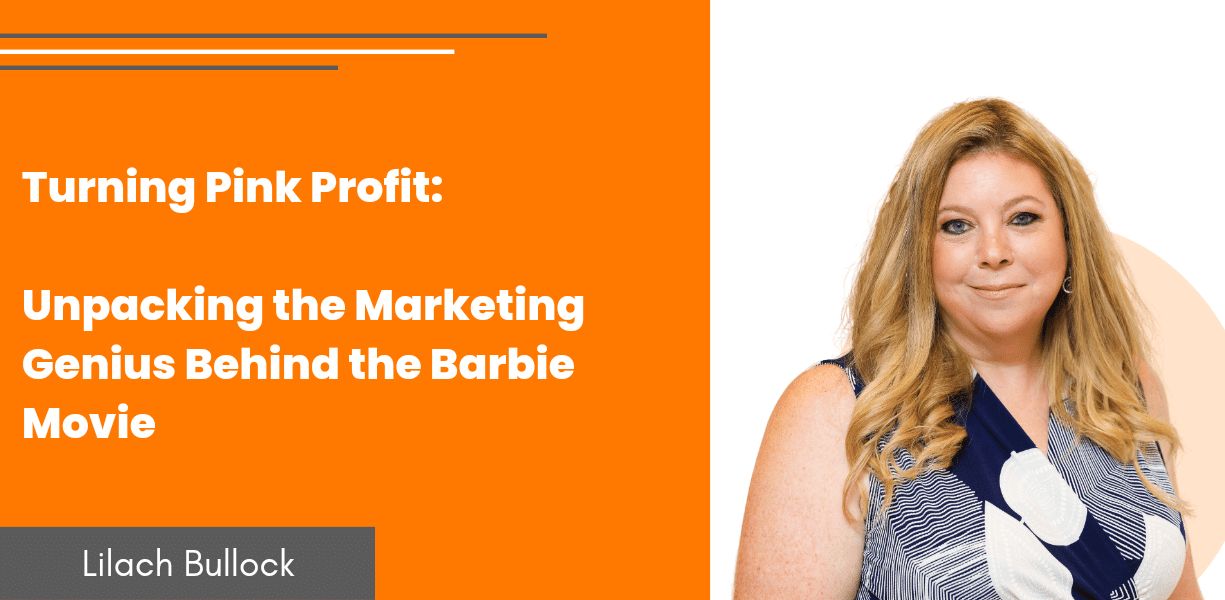
Turning Pink Profit: Unpacking the Marketing Genius Behind the Barbie Movie
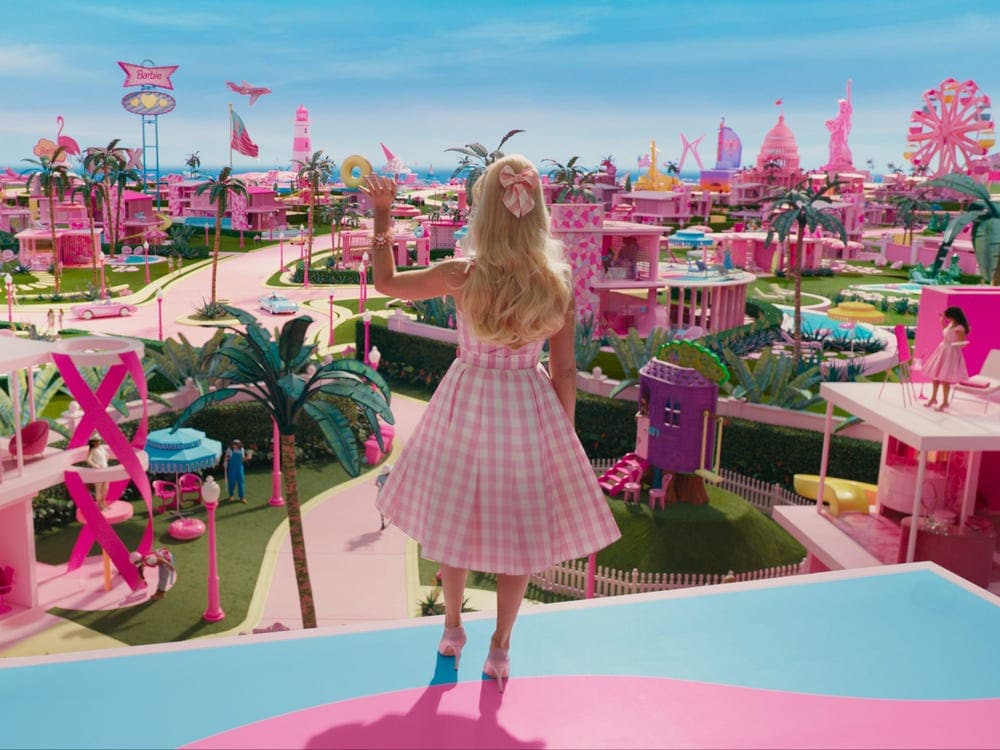
Margot Robbie’s Barbie waving to Barbie Land citizens in “Barbie.” Warner Bros. Pictures
Marketing – it’s a field that’s all about capturing attention and creating desire. It’s a science, an art, and sometimes, a little bit of magic. When all these elements come together perfectly, we get campaigns that not only sell products but also become cultural phenomena. In 2023, nothing exemplifies this better than the marketing tour-de-force that is Greta Gerwig’s Barbie movie.
The Unexpected Journey to Barbie Mania
I’ll be honest. I’m not someone you’d typically find in a theatre showing a movie about a plastic fashion doll. My usual picks gravitate towards thought-provoking independent films and complex, character-driven dramas. But when Barbie released, I found myself just as captivated by the marketing magic as millions around the globe.
With my mum, a nostalgic fan of the iconic doll, and my 19-year-old daughter, a modern young woman with a penchant for pop culture, we found common ground in our curiosity about the film. The three of us ended up in the cinema, popcorn in hand, ready to dive into the vibrant world of Barbie. This is a testament to the powerful, cross-generational appeal the film managed to create.
The Barbie Movie Experience
From the moment the lights dimmed and the screen lit up with that familiar shade of Barbie pink, we were transported into an entirely different universe. The movie didn’t just show Barbie’s world; it made us a part of it. The laughter, the tears, the excitement—it was as immersive an experience as it could get. I left the theater with a newfound respect for the marketing minds behind this grand spectacle, and a strong urge to understand what went into creating such a widespread and diverse appeal.
The Pink Sparkle Effect
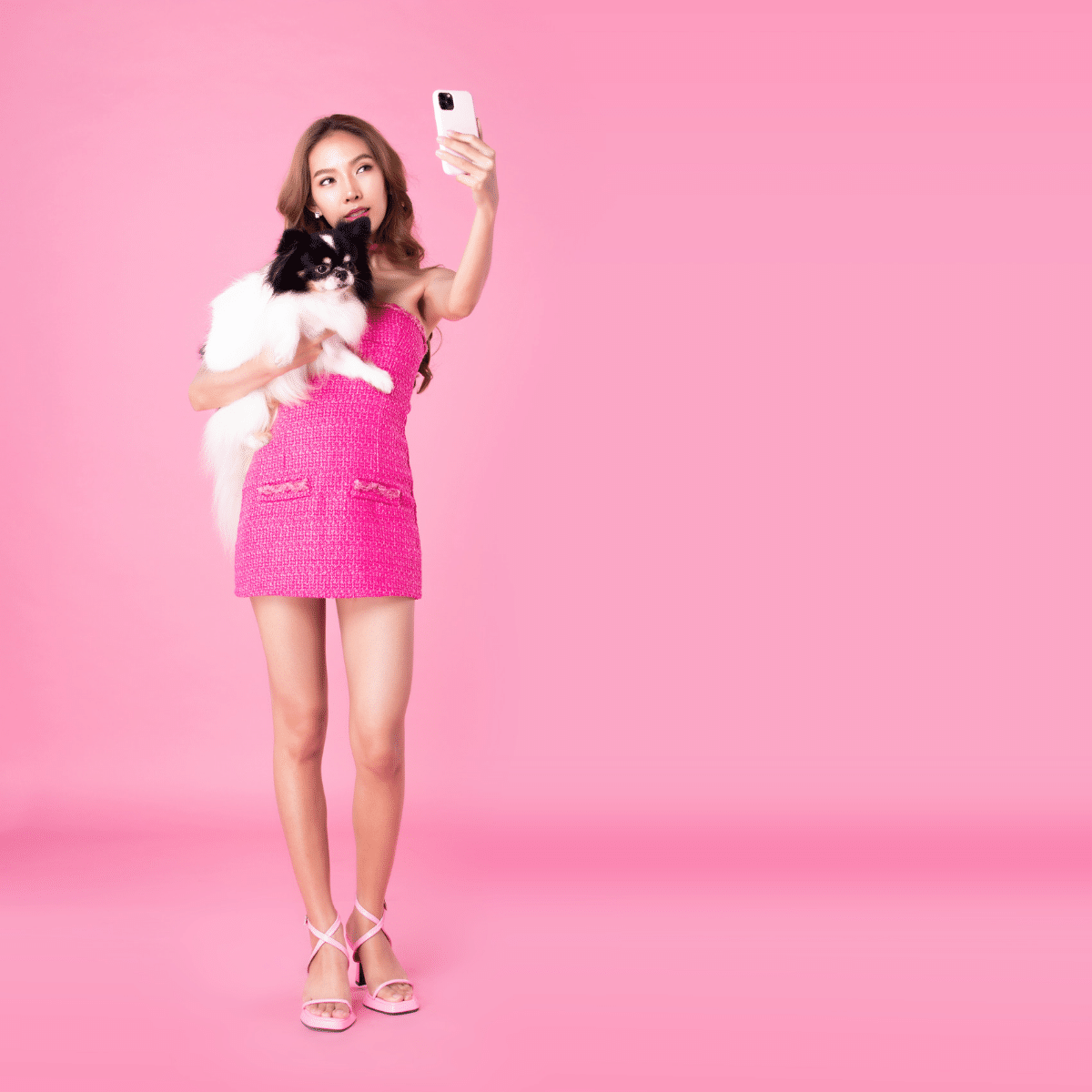
Barbie was not just a movie; it was a phenomenon, an experience, a tidal wave of nostalgia and novelty blended into one. From sneak peeks behind the scenes to the grand reveal of the star-studded cast, the audience was taken on a roller coaster ride of anticipation and excitement, all building up to the grand release.
The intrigue was carefully crafted. Margo Robbie and Ryan Gosling’s unexpected pairing, Mackey’s uncanny resemblance to Robbie, the cast’s shared experiences in London – all these became fodder for eager fans and curious onlookers. And when the trailer finally dropped, the Internet buzzed with anticipation, turning every minor detail into memes and shares. Amidst this, the Barbie brand shone brightly, perfectly capturing the pop culture zeitgeist.
The marketing strategies for Barbie were uniquely attuned to our digital age. They utilized internet culture and capitalized on brand recognition, all while forging unconventional brand partnerships. The result was a brand reach that extended far beyond the traditional target demographic, creating an unexpected global sensation.
Capitalising on Brand Recognition
Let’s face it; Barbie is a household name. Ever since its creation in 1959, the brand has firmly planted itself in the hearts and minds of children and adults alike. From bedrooms to living rooms, Barbie has been a presence, serving as a symbol of fashion, fun, and feminine power.
In marketing the Barbie movie, the filmmakers and promotional team recognized the power of this iconic brand. The character’s nostalgia-inducing image was leveraged to stir emotions among a wide range of demographics. Parents and grandparents associated Barbie with their own childhood memories, making them willing participants in the pink parade. For the younger generation, the modern, relatable reimagining of Barbie engaged their interest and offered them a connection to the world of their elders.
By capitalising on the well-established Barbie brand, the film’s marketing campaign became more than a mere promotion. It became a trip down memory lane for many, inviting them to relive their childhood fantasies through the power of cinema.
Unconventional Brand Partnerships
Every marketer understands the value of strategic partnerships. They extend brand reach, tap into new markets, and bring fresh creativity into promotional activities. The Barbie team took this idea and ran with it, establishing a series of partnerships that were, in a word, unconventional.
By aligning with brands outside their traditional demographic, Barbie managed to create an air of anticipation and excitement in areas where it would have otherwise gone unnoticed. Partnering with sportswear brands, tech companies, and even gourmet bakeries, Barbie extended its presence into different aspects of everyday life. Google’s Barbie makeover is a prime example of this strategy in action. It brought the Barbie experience into our daily internet browsing and reinforced the film’s omnipresence.
These unconventional partnerships not only diversified Barbie’s audience but also allowed for creative marketing avenues that blurred the lines between advertising and experiential marketing.
Utilising The Power of Internet Culture
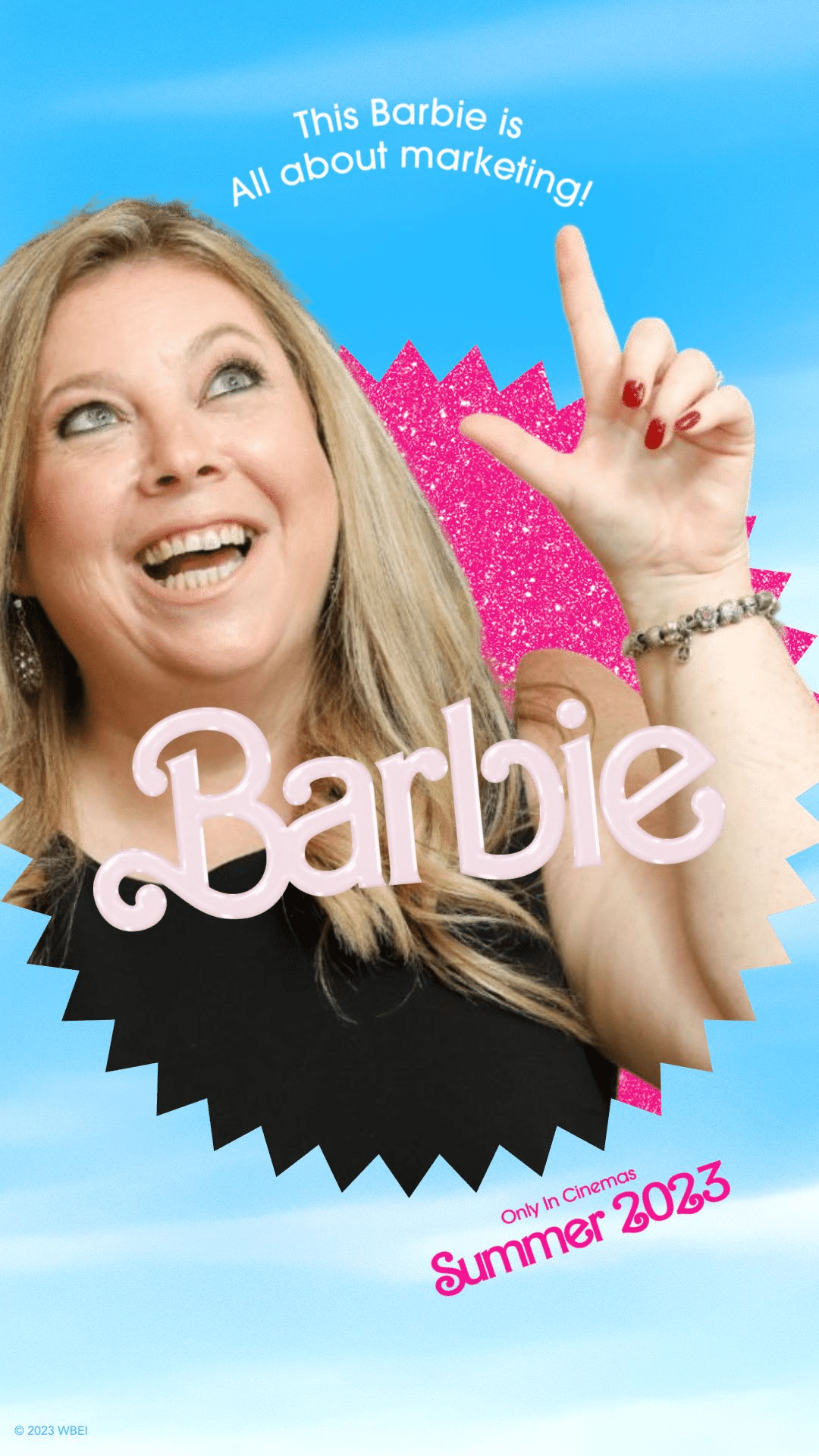
The power of Internet culture is immense and ever-growing. Memes, hashtags, viral videos – these are the elements that make up the digital world we live in. The Barbie team recognised this and crafted a campaign that resonated with the digital native audience.
From quirky posts on social media to Margot Robbie’s digital transformation into various Barbie dolls, the team leveraged the Internet’s power to create a buzz. They used the language of the internet, engaging users through memes, hashtags, and interactive content. The results were nothing short of spectacular. Barbie-related content started popping up everywhere – from fan-art on Instagram to countless reaction videos on YouTube.
In addition, the casting news was perfectly timed and delivered through social media, creating waves of online discussions and boosting anticipation. By speaking the language of their digital audience, the Barbie marketing team ensured the movie’s presence was felt far and wide, long before its actual release.
This three-pronged approach – capitalizing on brand recognition, forging unconventional brand partnerships, and harnessing the power of internet culture – underlines the innovative strategies that propelled Barbie into the limelight. Through this, they managed to bring a universally known, but somewhat dated brand, firmly back into contemporary relevance.
Simultaneous Global Release
Globalisation has transformed the world into a single, interconnected community. Our shared digital environment means that news and hype spread like wildfire across the globe. Recognising this, the Barbie movie team strategically opted for a simultaneous worldwide release.
This isn’t a new idea in the film industry, but its effectiveness can’t be understated. By launching the film across multiple markets simultaneously, the team eliminated the risk of spoilers and reduced the piracy that often plagues staggered releases. It also meant the global Barbie buzz reached fever pitch at the same time. All around the world, fans were stepping into cinemas together, creating a sense of shared global experience that only amplified the anticipation and excitement.
This strategic move catered to the globalised world we live in, where the conversation is happening in real time, across borders. It shows a deep understanding of the world as it is today – digitally connected and collectively engaged.
The Result? A Box Office Sensation!
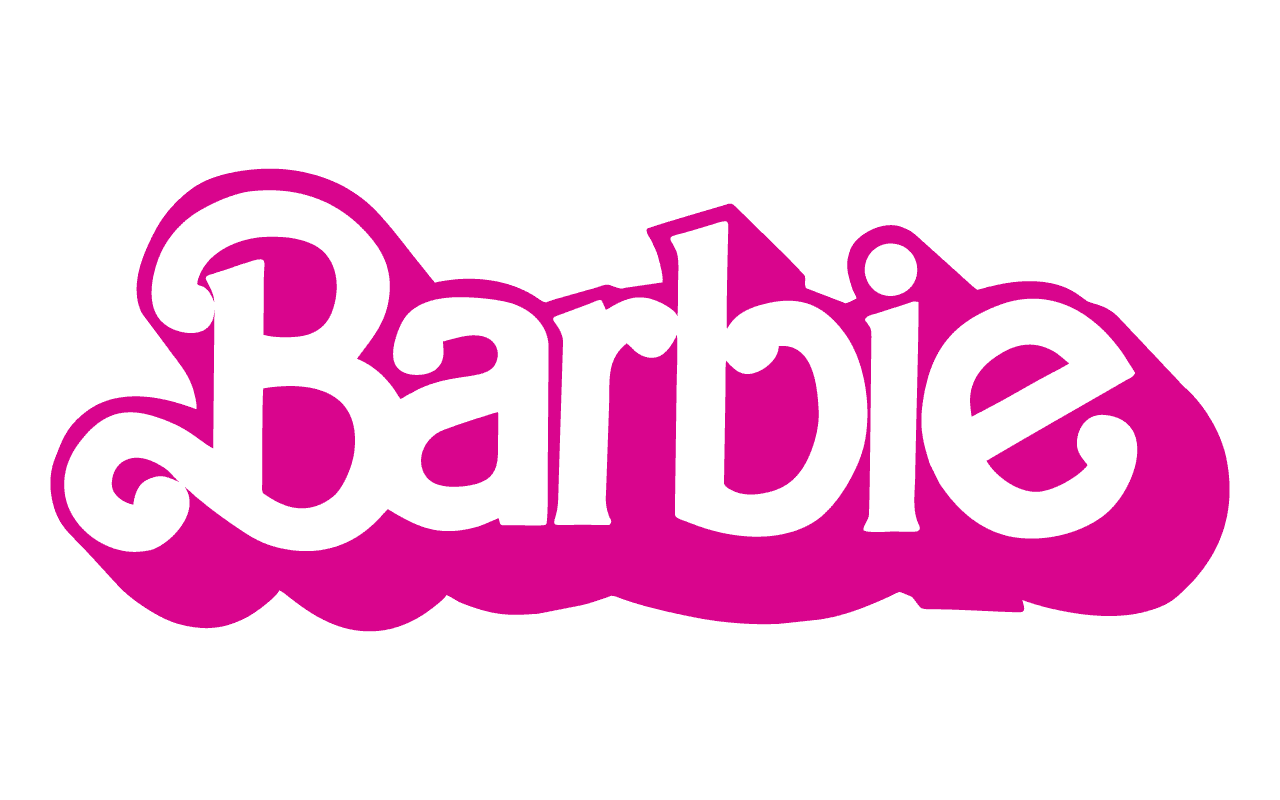
There’s a saying in show business: the proof of the pudding is in the eating. And eat it up, audiences did. The anticipation, the hype, the innovative marketing, all led to one undeniable outcome – a resounding box office success.
Barbie’s universal appeal, coupled with innovative marketing strategies, resulted in a worldwide sensation that saw the movie smashing box office records. The box office numbers were a testament to the campaign’s effectiveness, with impressive figures rolling in from every corner of the globe.
In addition to the financial success, the movie has also been lauded for its storytelling, performances, and reimagined portrayal of a beloved character. Critics and audiences alike praised the film, contributing to its ongoing success and cultural impact.
Doll-ar Bills: Key Lessons from Barbie’s Marketing Triumph
As marketers, we can take a page from the Barbie movie’s playbook. It provides a masterclass in leveraging brand recognition, tapping into nostalgia, forming unconventional partnerships, utilising internet culture, and considering globalisation in promotional strategies.
The Barbie movie didn’t just sell a film. It sold an experience that resonated with audiences worldwide. It tapped into something deeply ingrained in our collective memory and used it to craft a campaign that was as entertaining as it was effective.
The lessons are clear. Understand your brand and its recognition value. Think outside the box when it comes to partnerships and promotional strategies. Embrace the power of internet culture and the global digital community. And above all, create an experience, not just a product.
The Barbie movie’s marketing campaign is an inspiration for marketers everywhere. It reminds us of the potential that lies in creative thinking, bold strategies, and, of course, a dash of sparkle. Because in the end, isn’t that what marketing is all about? Adding a bit of sparkle to everyday life.
So, are you riding the Barbie wave, or has the world become a bit too pink for your taste? Whichever side you’re on, there’s no denying that Barbie has left an indelible mark on the marketing world, giving us a case study for the ages. As for me, I’m eagerly waiting to see what other surprises the marketing experts behind Barbie have in store for us. After all, if there’s one thing the Barbie experience has taught me, it’s that with the right strategy, even the most unlikely product can transform into a cultural sensation.

Follow Lilach















